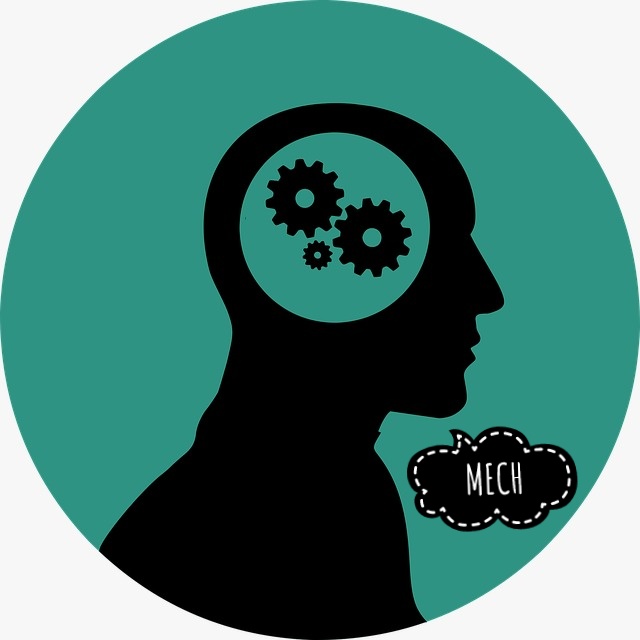1. Basic Electronic Engineering
2. Engineering Mechanics
3. Thermodynamics
4. Machine Drawing
5. Mathematics-III ( PDE, Probability and Statics )
6. Biology

Mech
Third Semester
Semiconductor Devices and Applications ( 10 Lectures )
Semiconductor Devices and Applications: Introduction to P-N Junction Diode and V-I characteristics, Half wave and Full-wave rectifiers, capacitor filter. Zener diode and its characteristics, Zener diode as voltage regulator. Regulated power supply IC based on 78XX and 79XX series, Introduction to BJT, its input-output and transfer characteristics, BJT as a single stage CE amplifier, frequency response and bandwidth.
Operational amplifier and its applications ( 8 Lectures )
Operational amplifier and its applications: Introduction to operational amplifiers, Op-amp input modes and parameters, Op-amp in open loop configuration, op-amp with negative feedback, study of practical op-amp IC 741, inverting and non-inverting amplifier applications: summing and difference amplifier, unity gain buffer, comparator, integrator and differentiator
Timing Circuits and Oscillators( 6 Lectures )
Timing Circuits and Oscillators: RC-timing circuits, IC 555 and its applications as table and mono-stable multi-vibrators, positive feedback, Barkhausen's criteria for oscillation, R-C phase shift and Wein bridge oscillator.
Digital Electronics Fundamentals
Digital Electronics Fundamentals: Difference between analog and digital signals, Boolean algebra, Basic and Universal Gates, Symbols, Truth tables, logic expressions, Logic simplification using Kmap, Logic ICs, half and full adder/subtractor, multiplexers, de-multiplexers, flip-flops, shift registers, counters, Block diagram of microprocessor/microcontroller and their applications.
Electronic Communication Systems
Electronic Communication Systems: The elements of communication system, IEEE frequency spectrum, Transmission media: wired and wireless, need of modulation, AM and FM modulation schemes, Mobile communication systems: cellular concept and block diagram of GSM system.